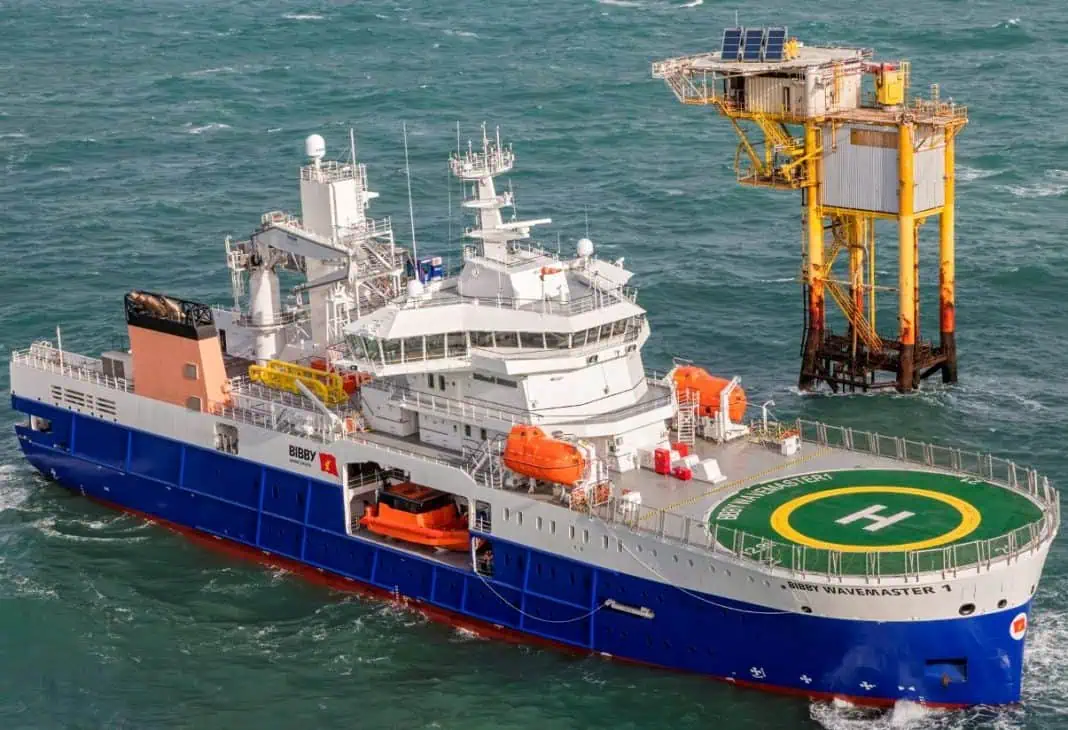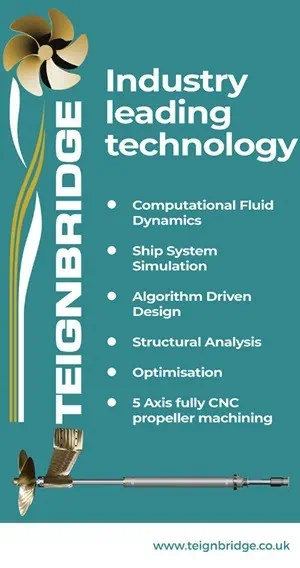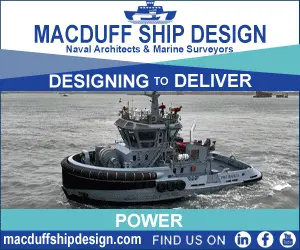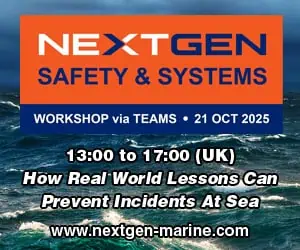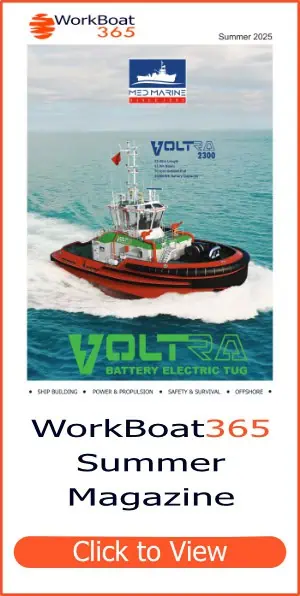Houlder, Expleo and Bibby Marine have successfully completed their project for the Clean Maritime Demonstration Competition (CMDC) and recently presented the results to the wider industry at the CMDC showcase event. Funded by the UK Department for Transport and delivered in partnership with Innovate UK, the competition supported companies recognised for advancing maritime decarbonisation. It encouraged research and development by providing funding for feasibility studies and clean maritime technology trials. For their contribution to this CMDC project, Houlder completed a feasibility study for a newbuild zero-emission service operation vessel (SOV) which has yielded some interesting results.
A general arrangement for a vessel fuelled with Liquid Organic Hydrogen Carrier (LOHC) and powered by Proton-Exchange Membrane Fuel Cells (PEMFCs) was successfully demonstrated. The concept vessel produces zero-emissions in operation (tank-to-wake) and a preliminary high-level estimate showed a lifecycle (well-to-wake) CO2e emissions reduction of 83%. When calculating these figures, it was assumed that the vessel will use green hydrogen produced via electrolysis using renewable electricity.
While the team acknowledge that this is not a full life cycle analysis as would be conducted if the vessel design were to be advanced, this well-to-wake analysis covers the replacement fuel source, and this accounts for the majority of the emissions. A full life cycle analysis would also include emissions associated with construction, build materials, operational support and end of life disposal, and should analyse the impact of the fuel cells and compressed H2 tanks to account for the vessel’s emissions over the longer run.
The vessel is fitted with a redundant Energy Storage System (ESS) in the form of Lithium-ion batteries. In addition to the power provided by the fuel cells, these batteries were sized to meet the vessel’s power demand at maximum speed. The batteries also compensate for the slower transient response of the fuel cell system. Compressed hydrogen buffer tanks were also included to manage the slow transient response time of the LOHC release units.
The team also provided recommendations to improve efficiency in the future. It suggested adopting a different fuel cell technology, Solid Oxide fuel cells which are currently in development for maritime applications, to further reduce emissions. It recommended a collaboration between the fuel cell developers and the LOHC release equipment manufacturers to further develop and integrate these systems together.
When analysing propulsion, Houlder used research from a previous collaboration with Bibby Marine – the MarRI-UK funded WaveMaster Zero C project – as a basis. For this, Damen Shipyards had scrutinised the technical, environmental, economic and legislative feasibility of various marine fuels and propulsion methods including biofuels, ammonia, methanol, battery power and hydrogen in liquified (LH2), compressed gaseous (GH2) and LOHC states; ultimately settling on LOHC fuel. Houlder then expanded on this research for the CMDC project, conducting new fuel consumption calculations for example.
Hydrogen stored as LOHC was chosen as the most technically feasible solution from a vessel design perspective. Although it has a lower energy density than LH2 and ammonia, it has far fewer safety concerns and simpler vessel design requirements.
Houlder’s stability assessment demonstrated compliance with designated standards and draught limits. Meanwhile, a safety assessment against known flag and class society requirements and an initial hazard identification (HAZID) risk assessment were also successfully completed with Bibby Marine and bringing in Damen Shipyards. Initial results were positive although the team did recommend that further risk assessments would need to be undertaken if the vessel were to be built.
Simon Potter, Director of Sustainability Advisory, Houlder commented: “To see this vessel become a reality, LOHC release units must become commercially available, green hydrogen production must scale up, the cost of an LOHC-fuelled vessel must be addressed, and more prescriptive regulations for hydrogen fuelled vessels must be developed. Therefore a vessel like this would be several years away from commercial development.
“However it’s not all doom and gloom. Innovative vessels such as this highlight barriers to technology adoption and can help the industry overcome them. Further developing this vessel would make decarbonisation through LOHC more of a known quantity – tackling technical challenges, supporting investment, and informing regulations.”
This SOV concept design is testament to Houlder’s in-depth sector knowledge and specialist vessel expertise.



